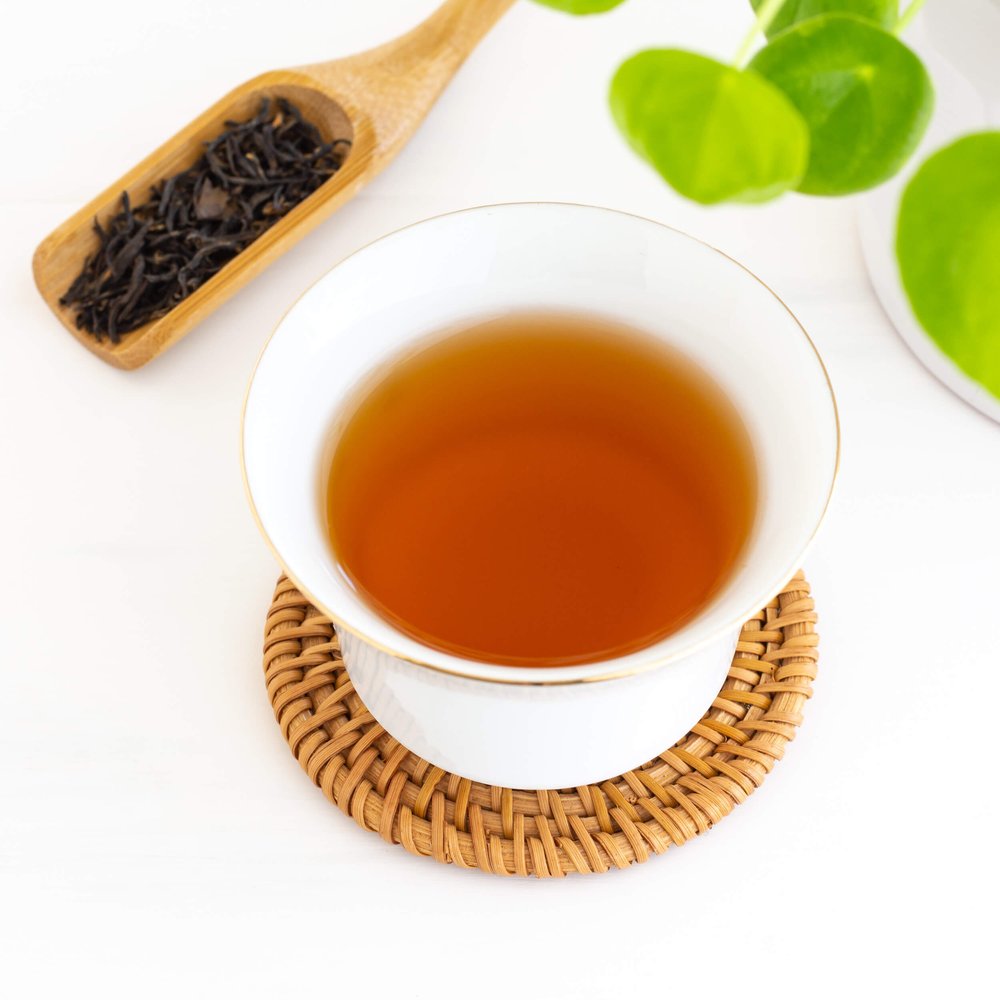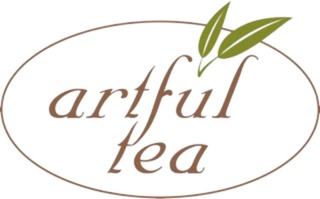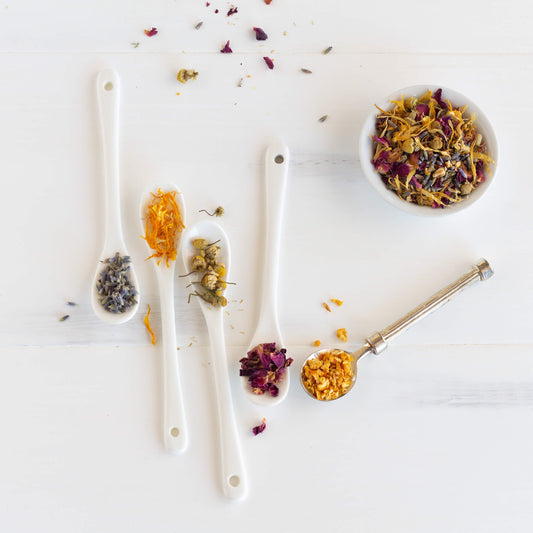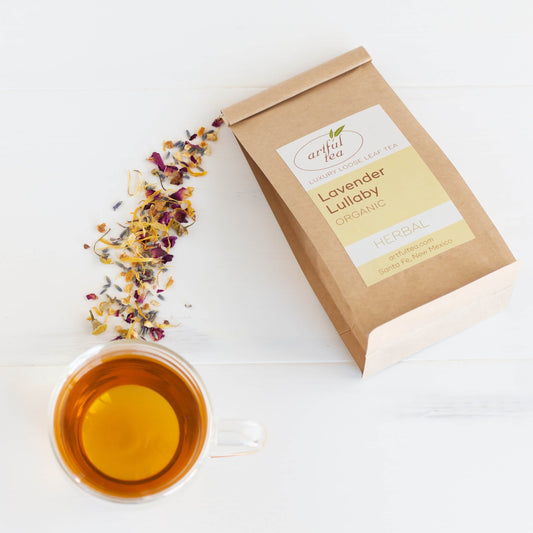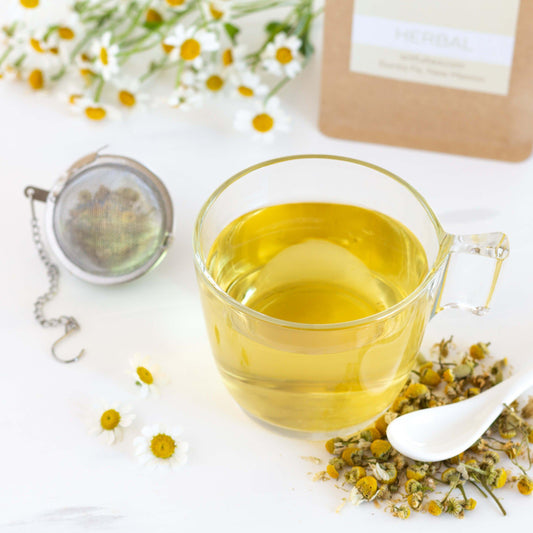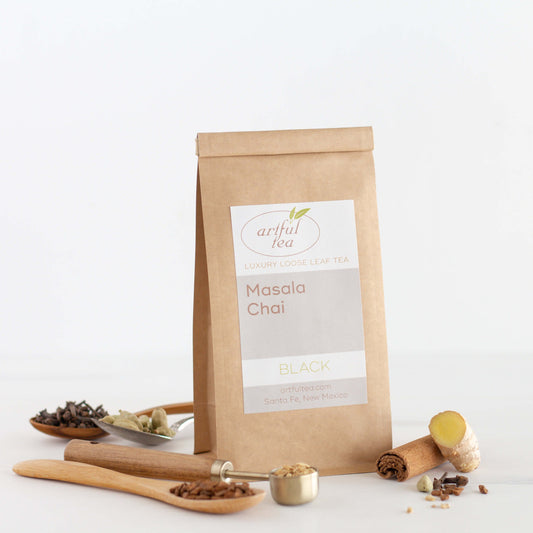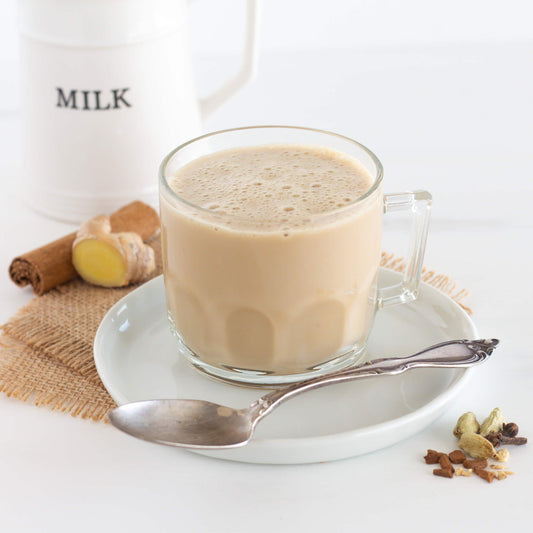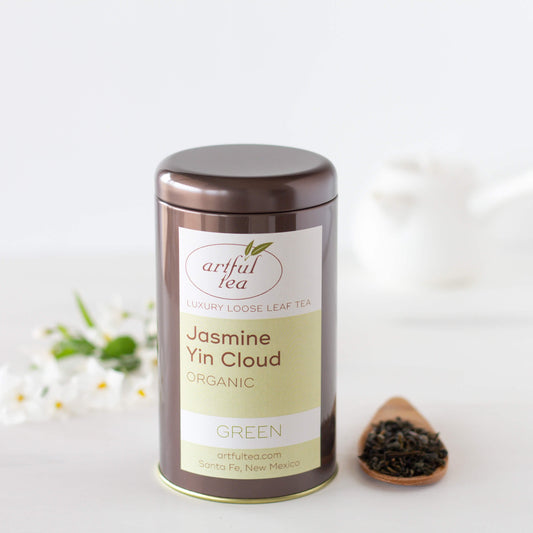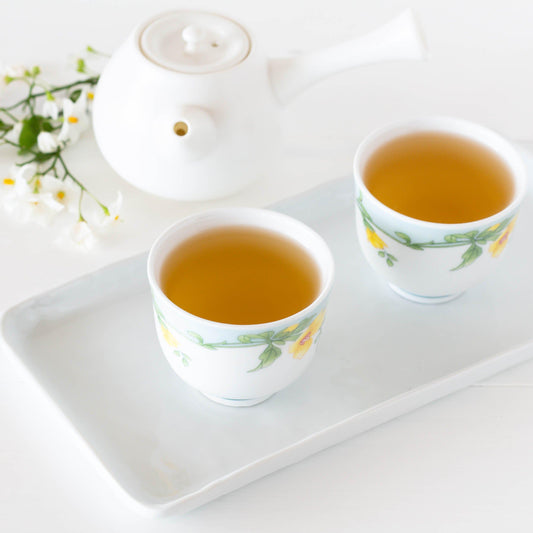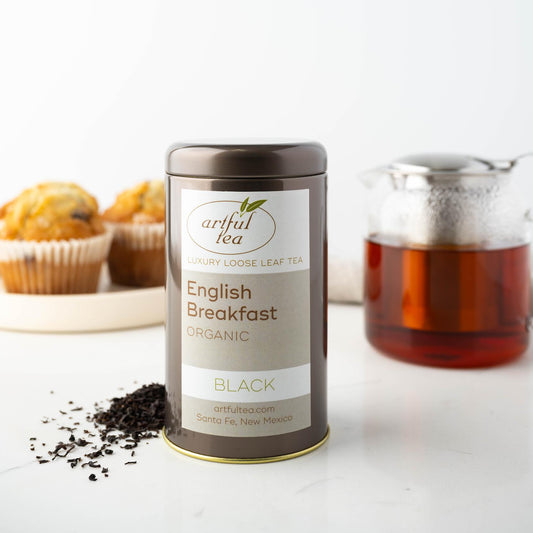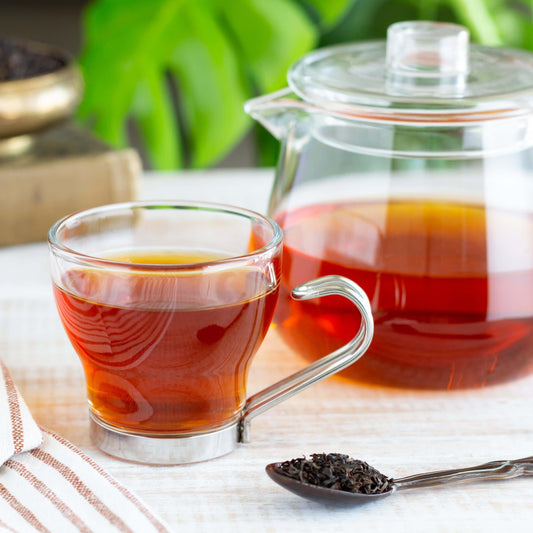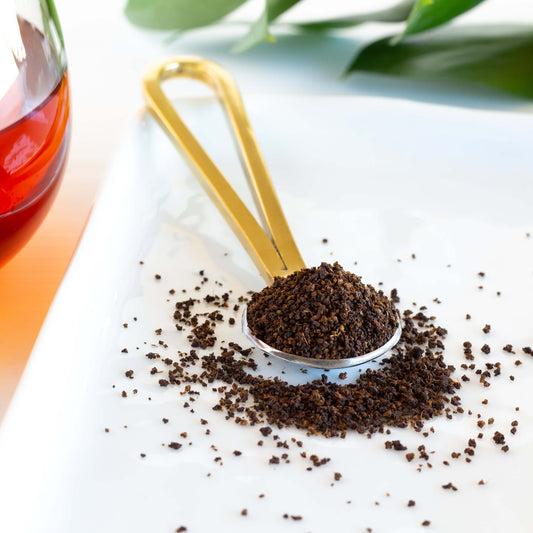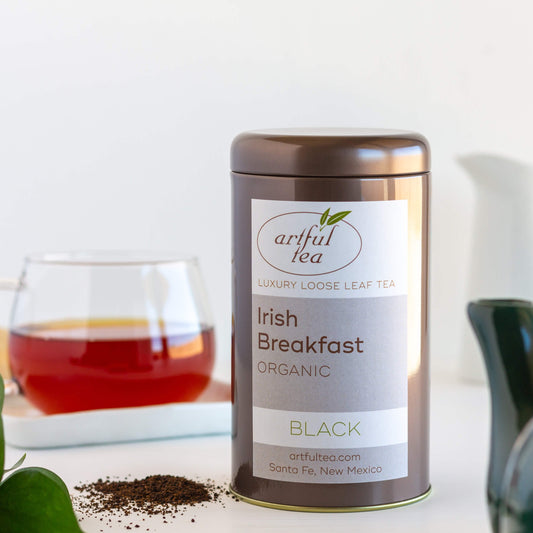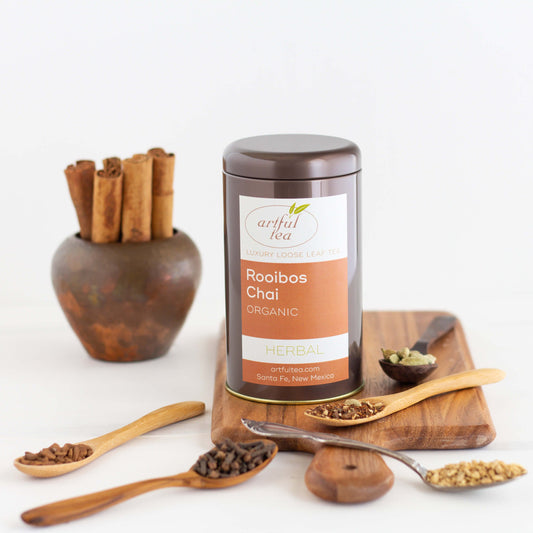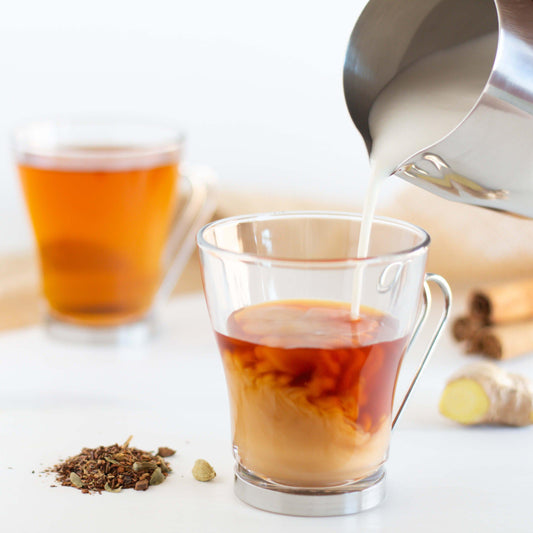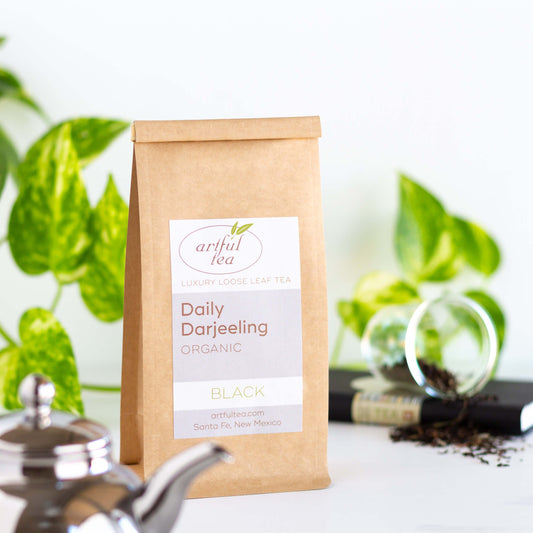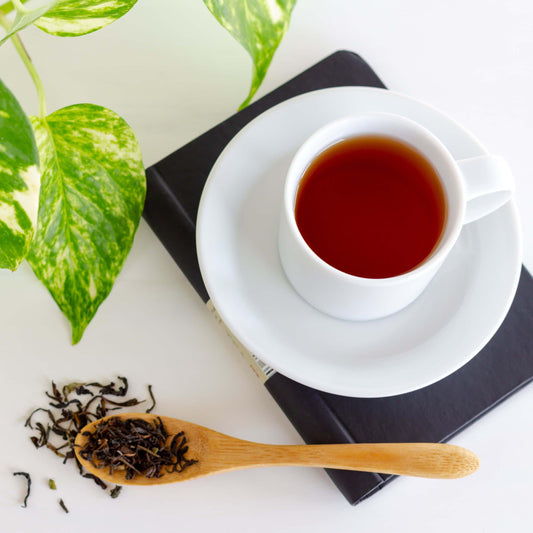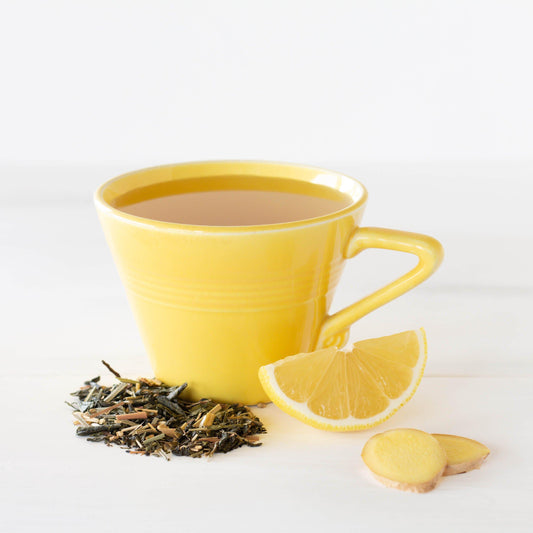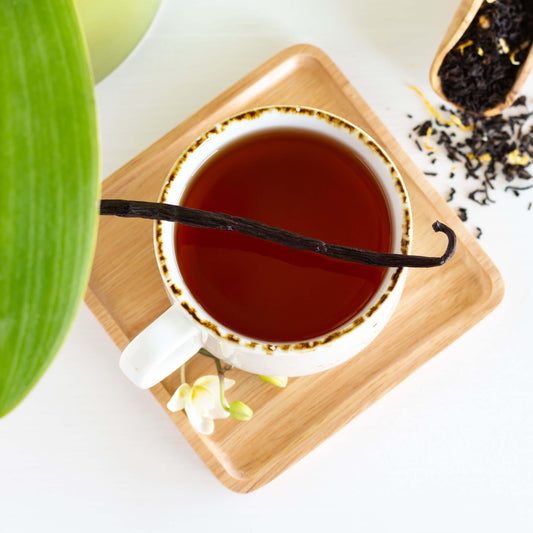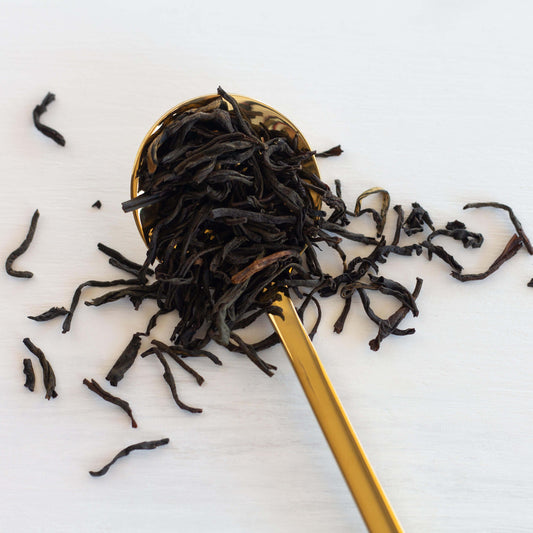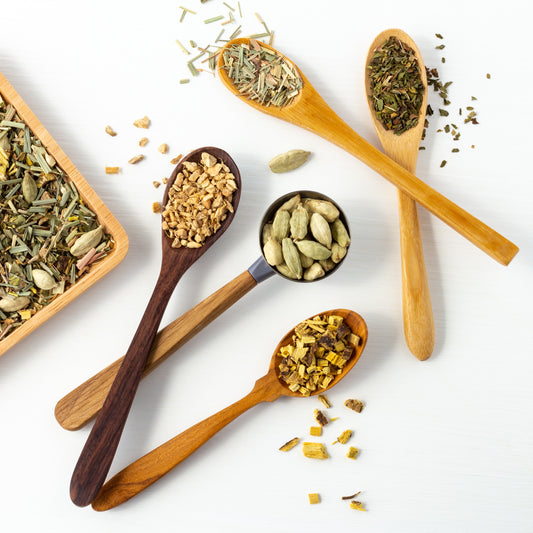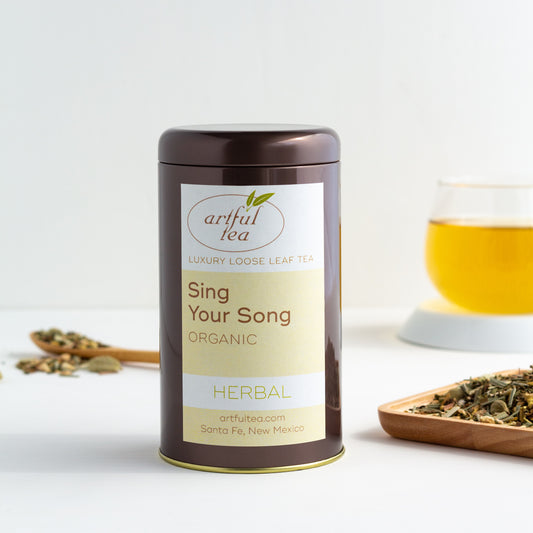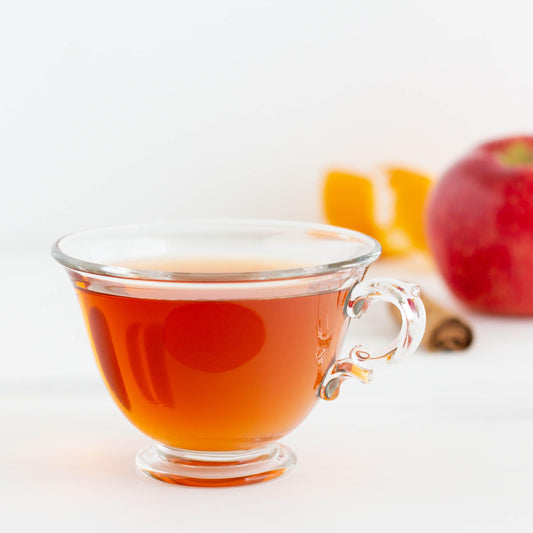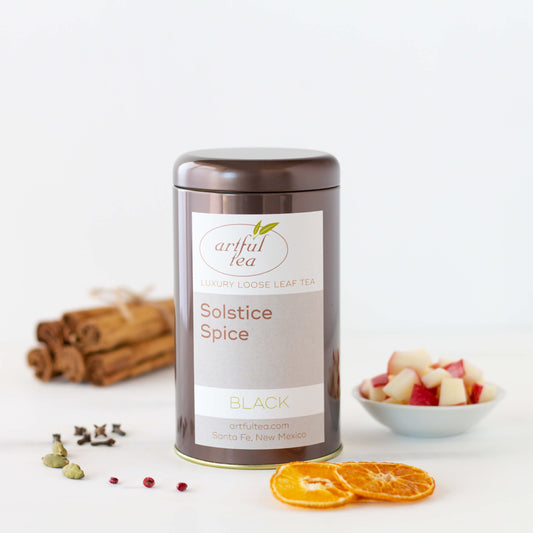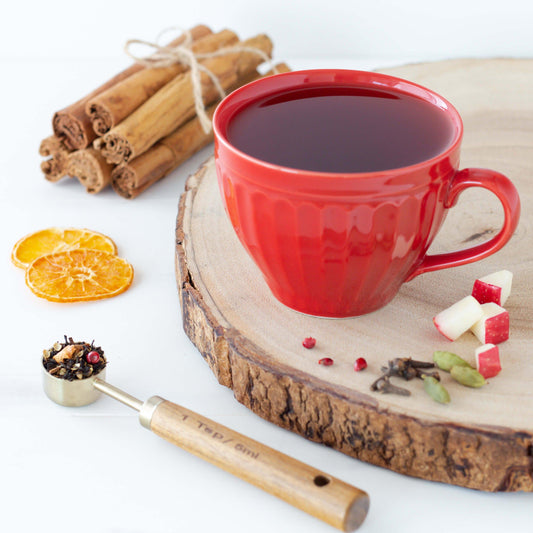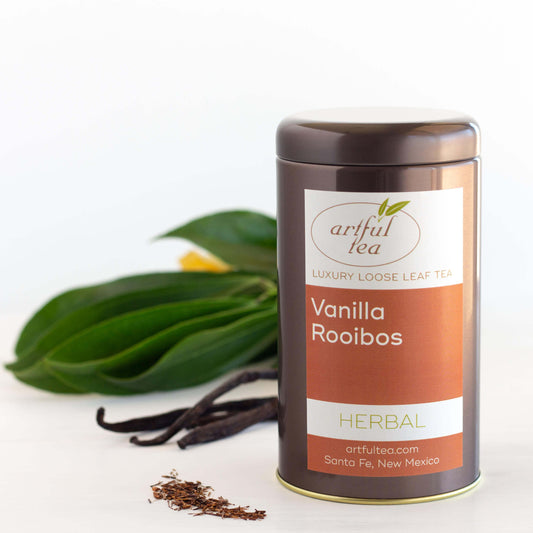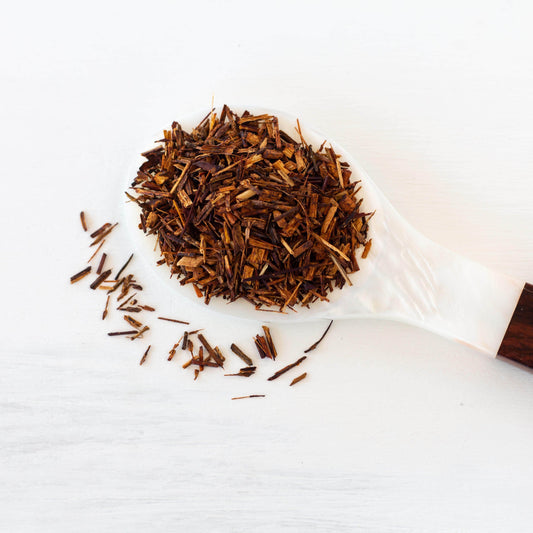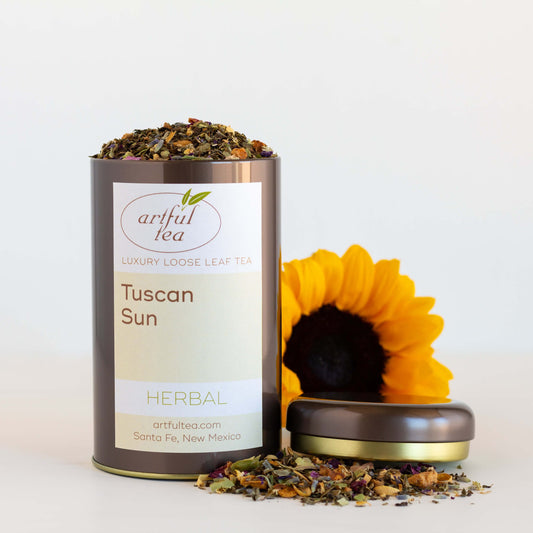If you’re trying to follow a low oxalate diet for health reasons, it can sometimes be a little difficult to determine which foods are safe to eat. When it comes to a product like loose leaf tea, where different herbs, fruits, and other ingredients are often mixed together in one tea blend, it can be especially challenging. Luckily, as long as you avoid teas that have high-oxalate ingredients in them, there are plenty of blends that you can still enjoy. We’ll cover what teas you may be able to drink, what teas you should stay away from, and how you can incorporate tea as part of a healthy lifestyle.

What are oxalates?
Oxalates are compounds that naturally occur in many plants, fruits, and vegetables. Foods as varied as dark leafy greens, chocolate, and raspberries are high in oxalates. Over time, consuming a large amount of oxalates can result in kidney stones and other health problems.
By avoiding types of tea that are high in oxalates and drinking only teas with a low oxalate content, you can still enjoy tea as part of a low oxalate diet. Keep in mind that while we’re knowledgable tea enthusiasts, we’re not doctors. If you have any medical concerns about a particular tea, you should check with your doctor to make sure that it’s safe for you to consume.
Is caffeinated loose leaf tea high in oxalates?
Loose leaf teas produced from the camellia sinensis tea plant, including black tea, green tea, oolong tea, white tea, purple tea, and pu-erh tea, do contain oxalates. Black teas have the highest oxalate content, followed by oolong, pu-erh, and green teas, followed by white teas and purple teas. Studies are still being conducted on the relationship between caffeinated teas and oxalates.
Some studies suggest that drinking tea may play a role in reducing the formation of kidney stones. In particular, green tea may help to prevent certain kinds of kidney stones. This is usually attributed to tea’s high antioxidant content and the fact that it keeps tea drinkers hydrated. Research also suggests that taking your tea with milk can reduce the absorption of oxalates because of the calcium present in milk.
That said, because tea made from the camellia sinensis plant does contain a non-negligible amount of oxalates, we don’t usually recommend it for customers looking to adopt a low-oxalate diet. If you have any questions or concerns about whether a particular tea is safe for you, you should get in touch with your doctor.
What teas should I avoid on a low oxalate diet?
Many flavored tea blends contain fruits and herbs that contain a moderate or high amount of oxalates. Some of these ingredients may be safe to consume in moderation, and the amounts included in tea are generally very small. That said, to be on the safe side you may want to avoid teas that contain:
- Rosehips
- Black currant
- Orange peel
- Lemon peel
- Nuts
- Blueberries
- Raspberries
- Apricots
- Coconut
- Orange
- Pineapples
- Plums
- Strawberries
- Ginger
Keep in mind that, when you brew a flavored cup of tea that includes any of the above fruits, herbs, and other ingredients, you’re not consuming them at a full dose—you’re just drinking an infusion of them, which is made up mostly of water. However, you might still want to steer clear of these ingredients if you’re looking to limit your oxalate intake.
What teas are safe to drink on a low oxalate diet?
We recommend that tea drinkers on a low-oxalate diet look for herbal teas without any high-oxalate ingredients in them. Some ArtfulTea blends that are low in oxalates include:
- Hibiscus Organic Herbal Tea
- Peppermint Organic Herbal Tea
- Egyptian Chamomile Organic Herbal Tea
- Lavender Mint Organic Herbal Tea
- Tuscan Sun Herbal Tea
- Earl Grey Rooibos Organic Herbal Tea
- Honeybush Hot Cider Herbal Tea
- Lemon Cream Rooibos Organic Herbal Tea
- Peach Rooibos Organic Herbal Tea
- Vanilla Rooibos Herbal Tea
- Rooibos Organic Herbal Tea
- Green Rooibos Organic Herbal Tea
How else can I reduce oxalate buildup?
Aside from avoiding foods that are high in oxalates, one of the best ways to reduce oxalate buildup is to ensure that you stay properly hydrated. This makes drinking caffeine-free herbal teas, whether hot or iced, a great way to enjoy loose leaf tea while also helping to lower your risk of kidney stones. Making sure that you’re getting enough calcium can also help.
FAQs About Tea and Oxalates
Is chamomile tea high in oxalates?
Chamomile tea is low in oxalates, making it safe to drink even if you’re on a low-oxalate diet. This mild herbal tea is great with a little honey in it!
Is green tea high in oxalates?
Green tea contains a moderate amount of oxalates. However, studies on the oxalate content and effects of green tea consumption have shown mixed results. Some studies suggest that green tea may actually help to prevent the formation of kidney stones thanks to its high antioxidant content. If you’re sensitive to oxalates but still want to drink green tea, you should check with your doctor to make sure that it’s right for you.
Is hibiscus tea high in oxalates?
Hibiscus contains a relatively low amount of oxalates, and is usually okay to drink for people following a low-oxalate diet. While hibiscus does contain a slightly higher oxalate content than other herbal teas, some studies suggest that it may help to decrease oxalate retention in the body.
Is matcha high in oxalates?
Matcha tends to be high in oxalates. This is because, when you drink matcha, you’re actually consuming the whole tea leaf, rather than just an infusion of tea leaves. If you’re trying to avoid consuming oxalates, you should steer clear of matcha.
Does herbal tea have oxalates?
It depends on the type of herbal tea. As long as an herbal tea blend doesn’t contain any ingredients that are high in oxalates, these teas are usually safe to drink. Peppermint, chamomile, and rooibos are all good options for tea drinkers looking for low oxalate teas.
